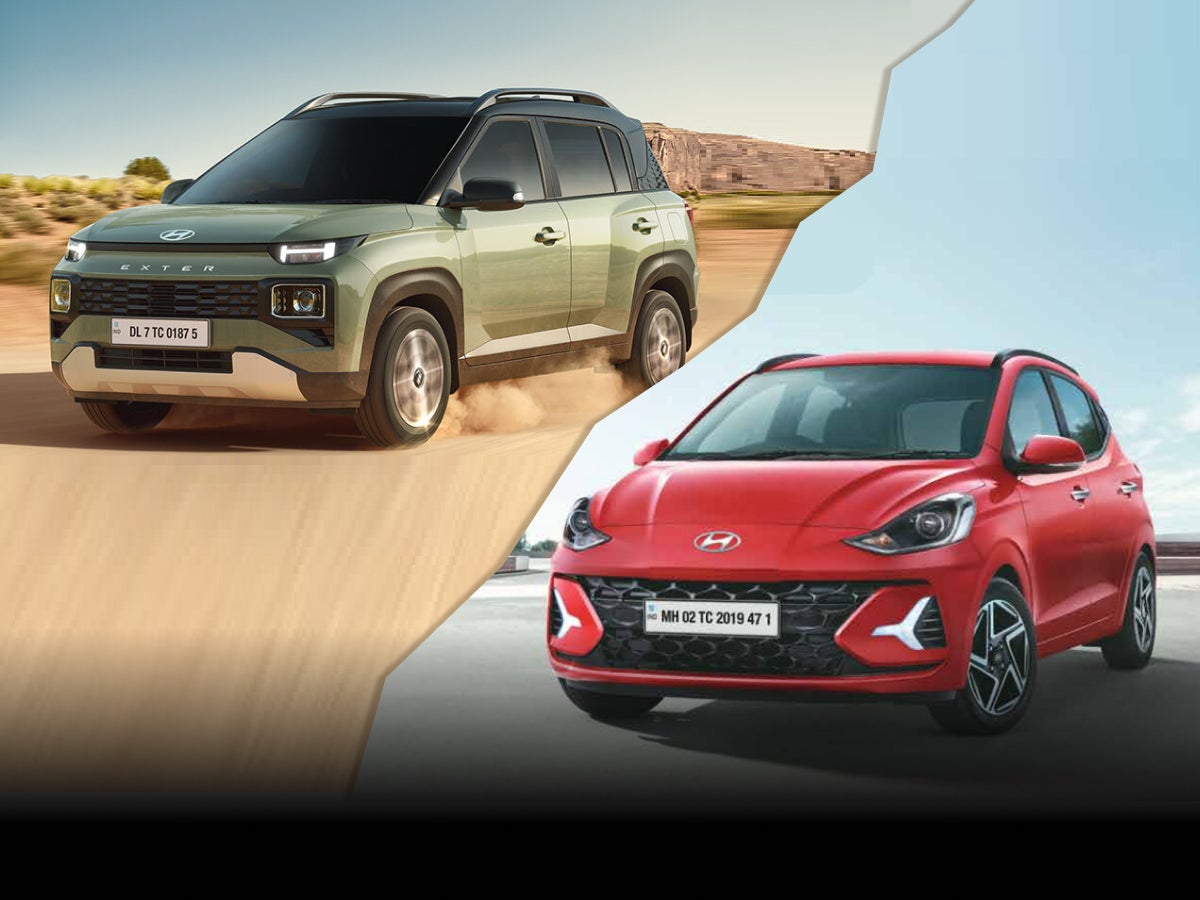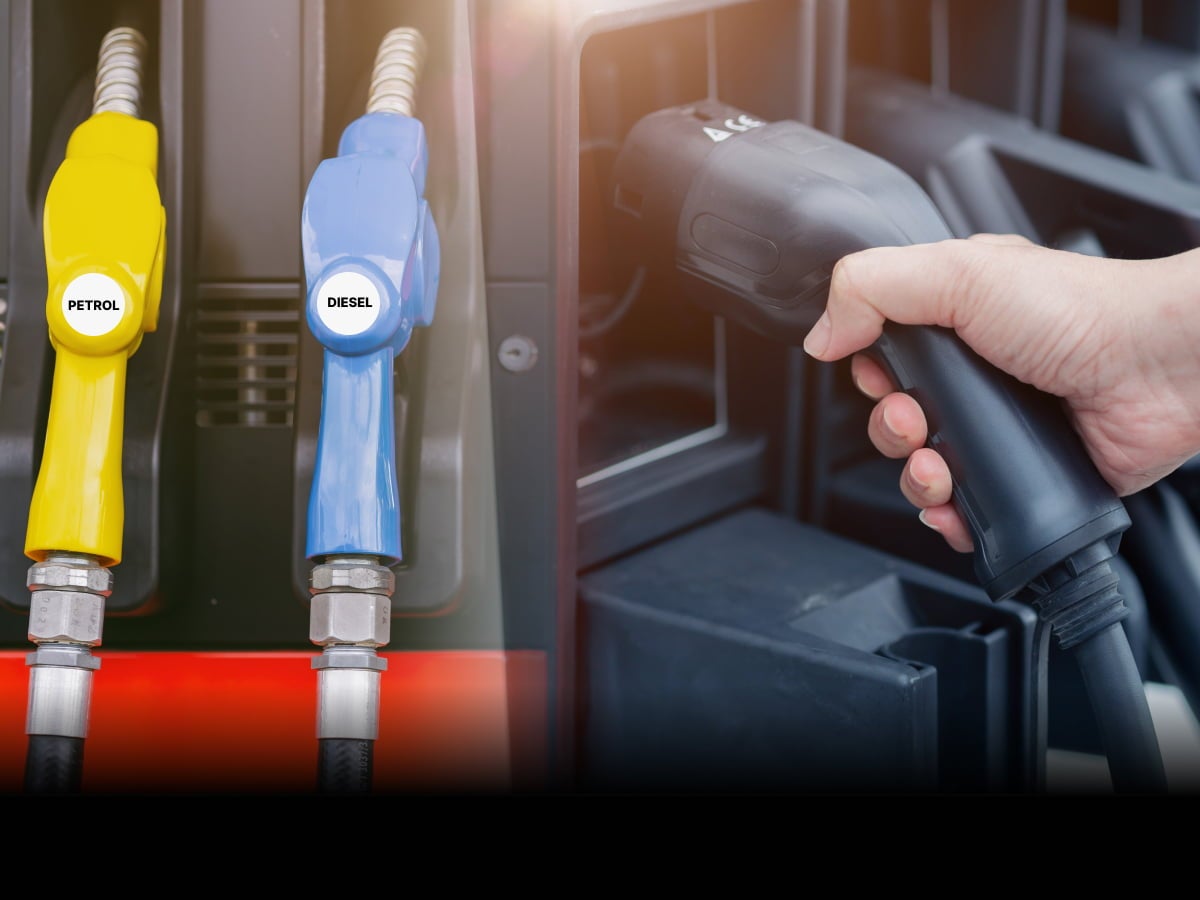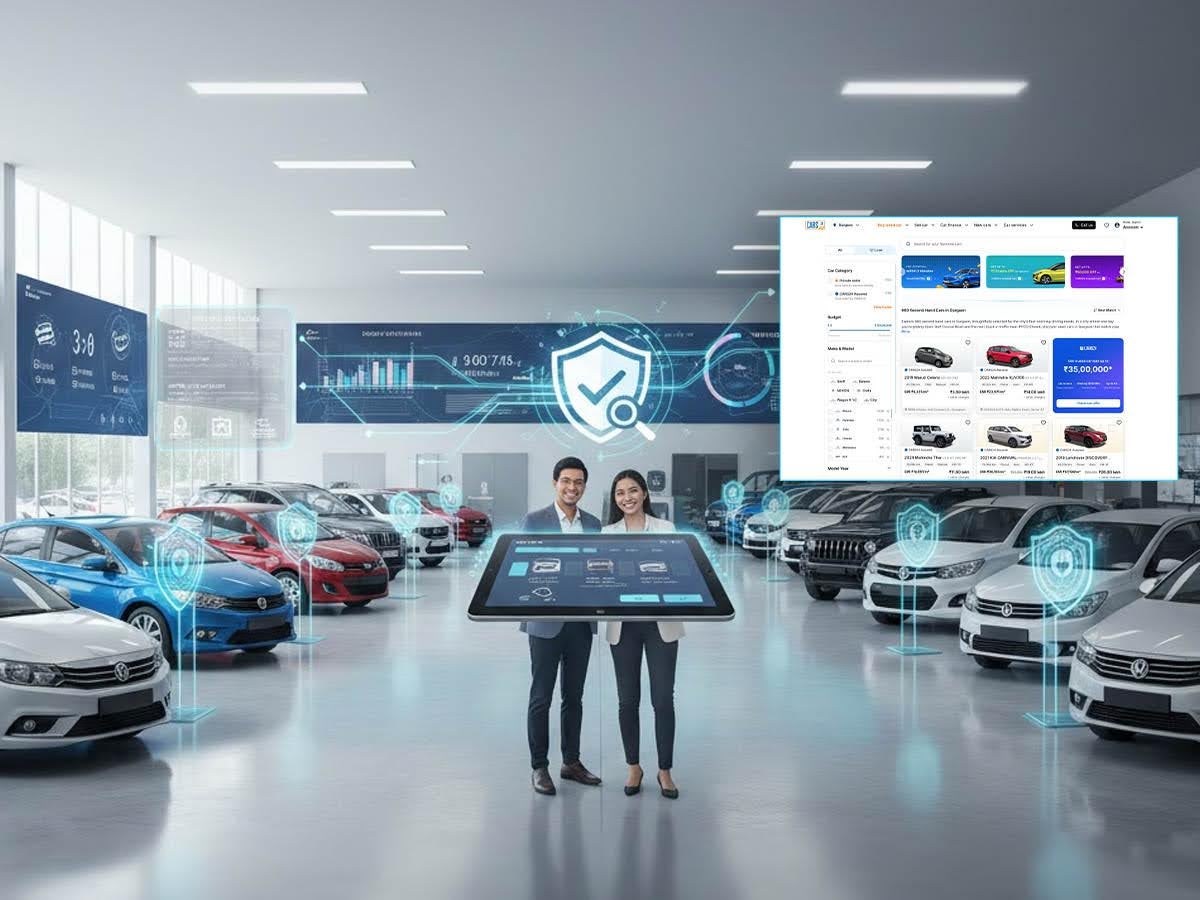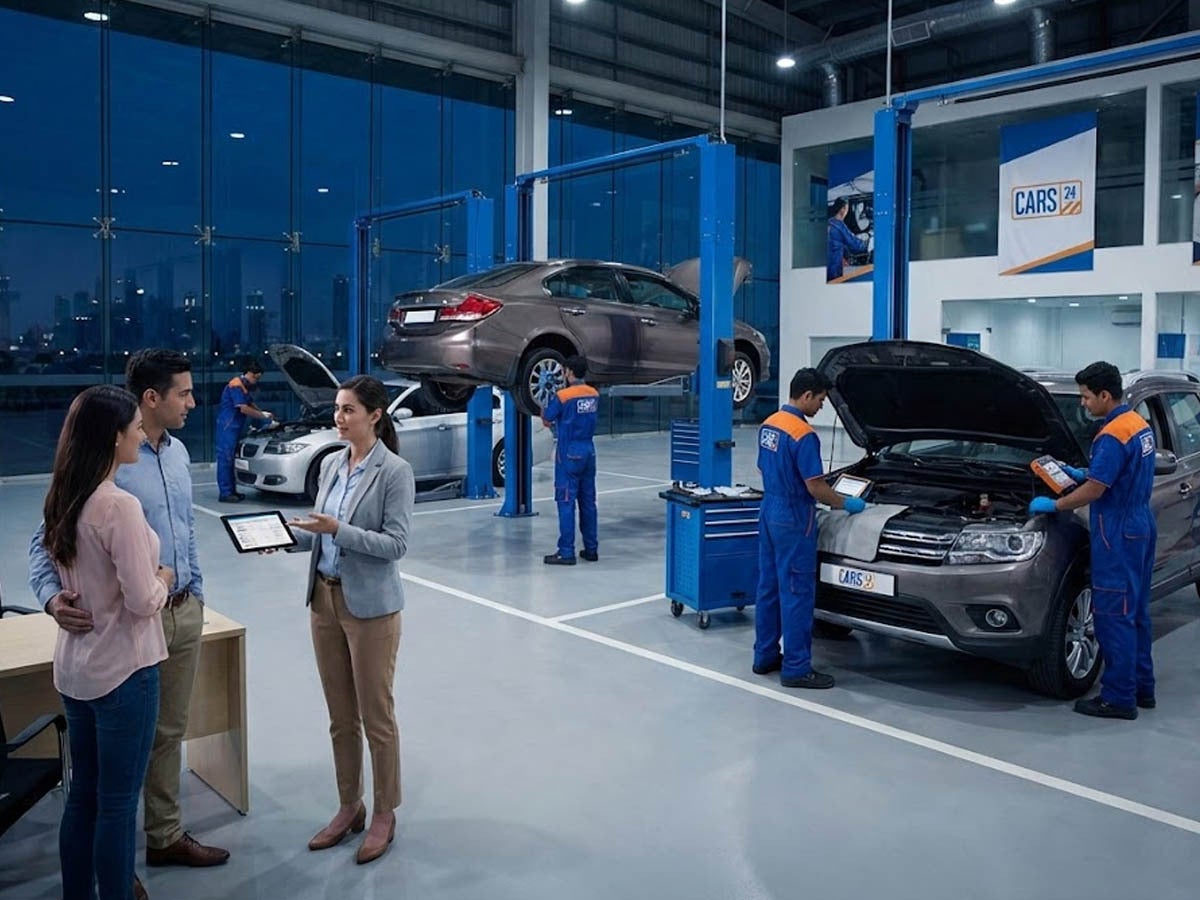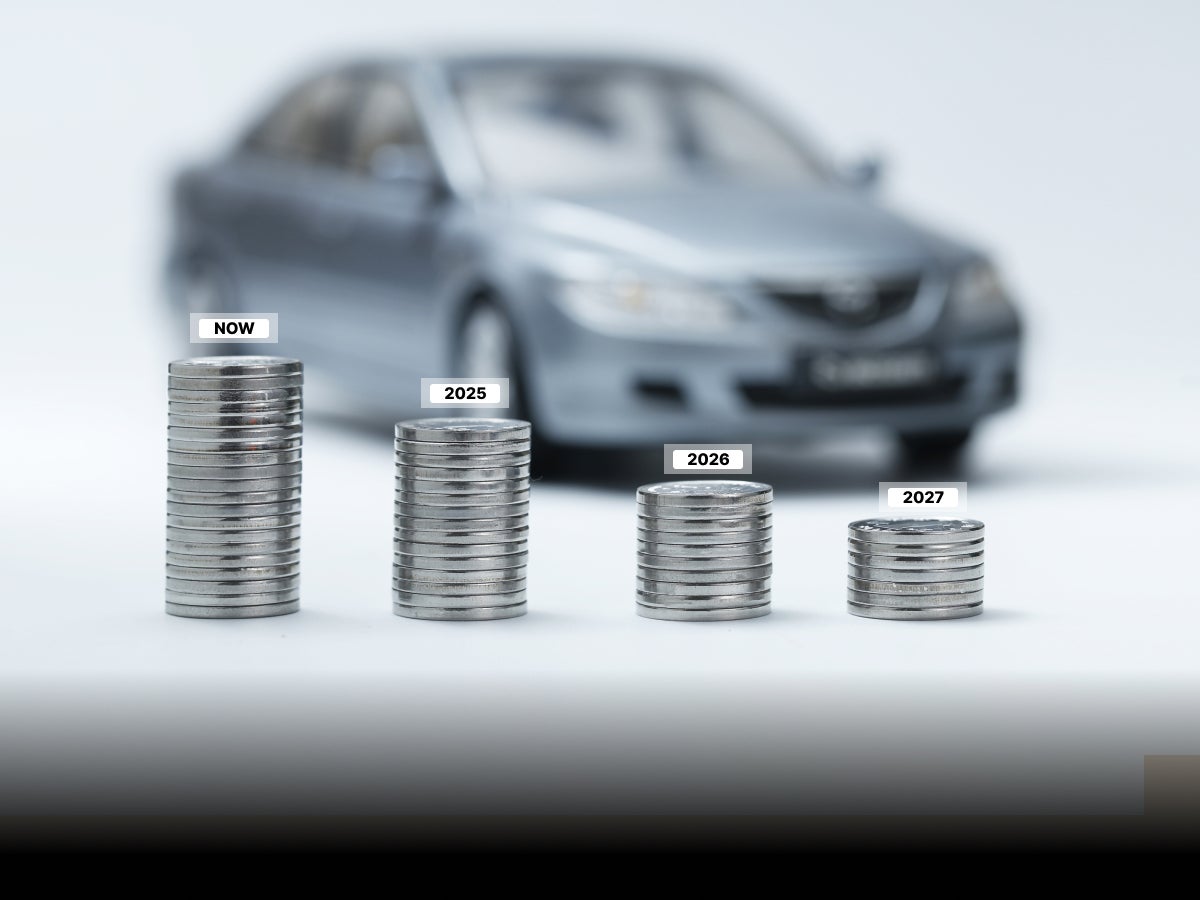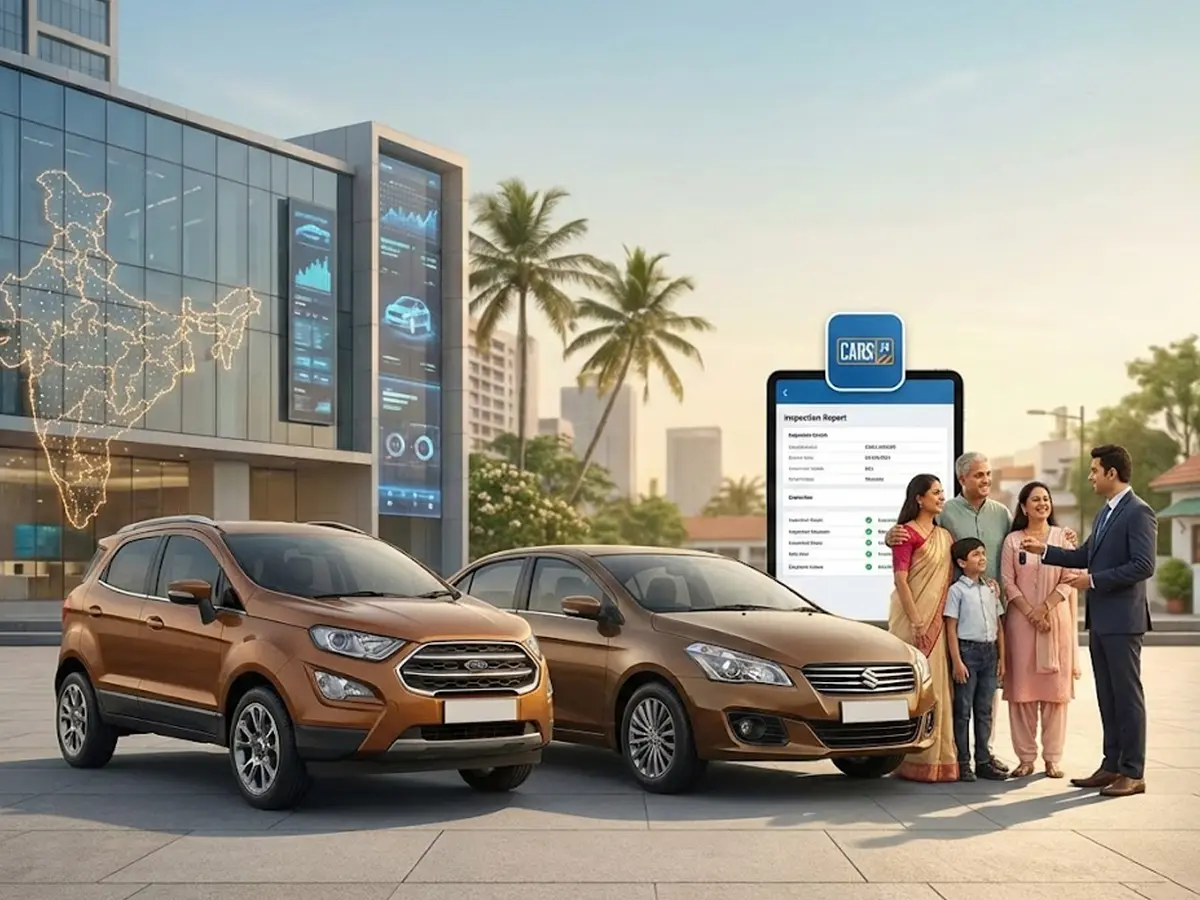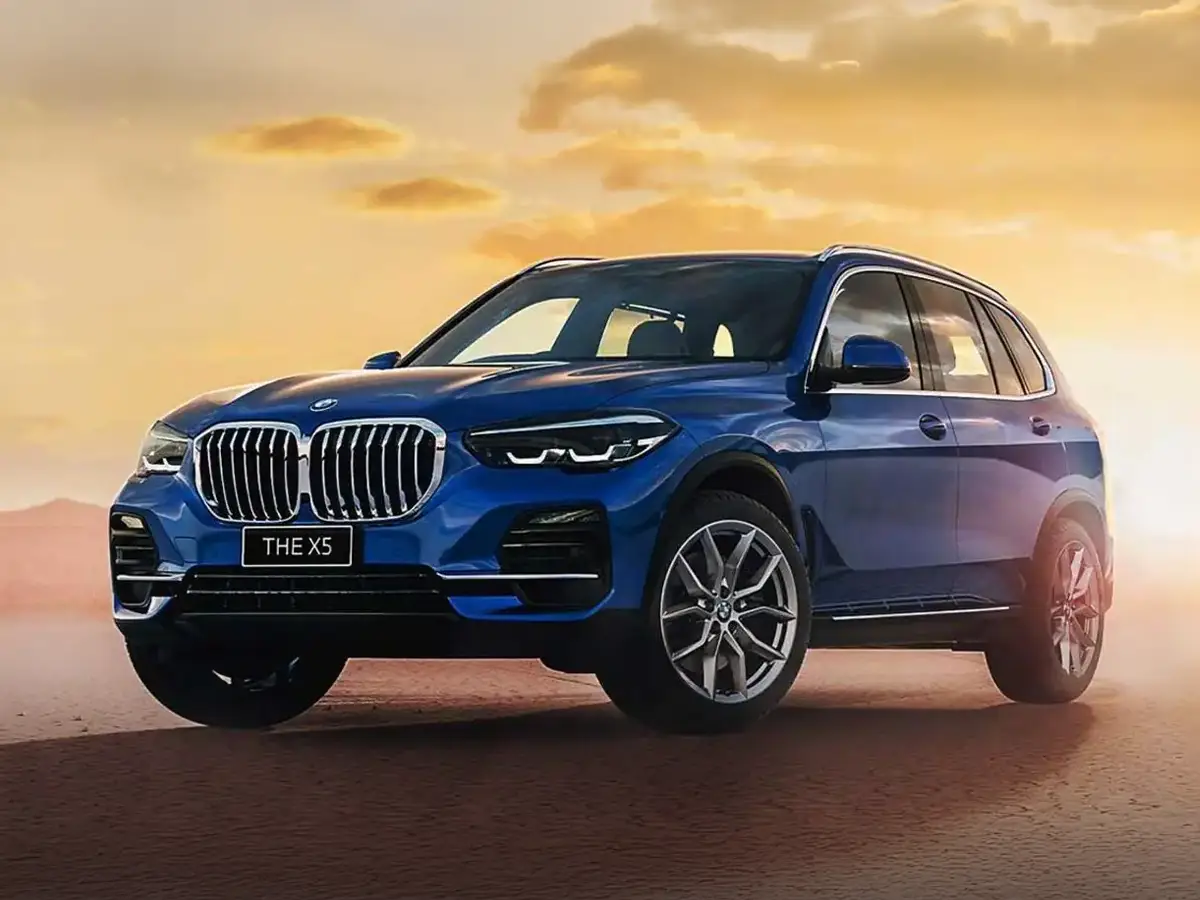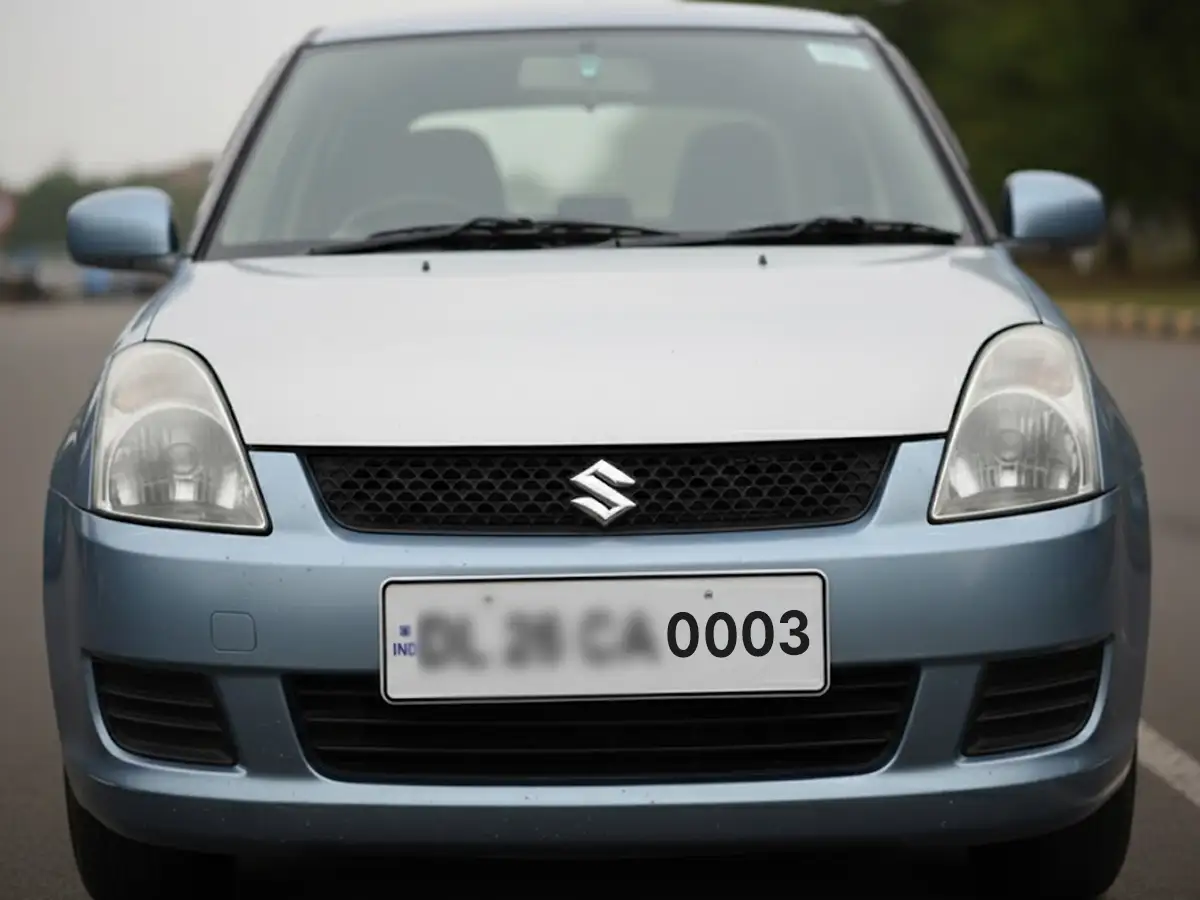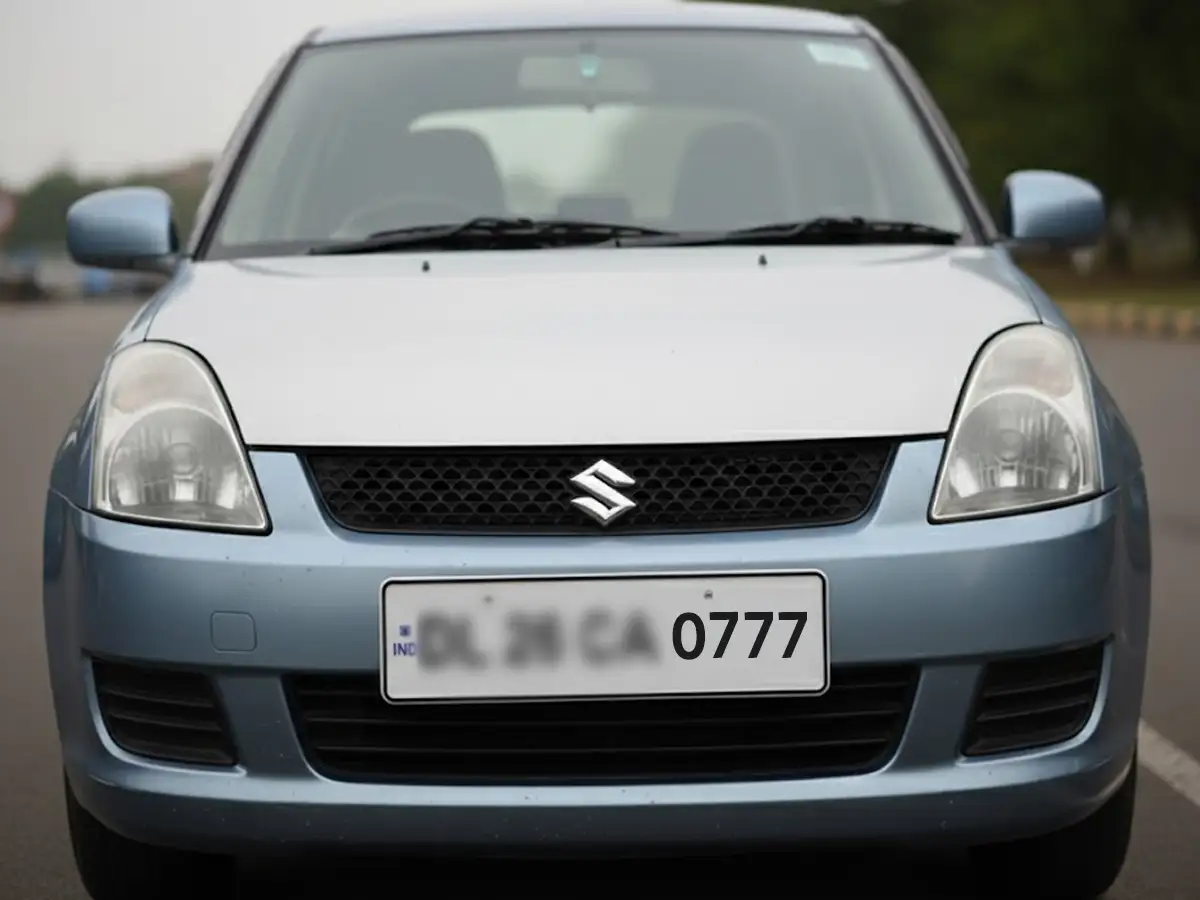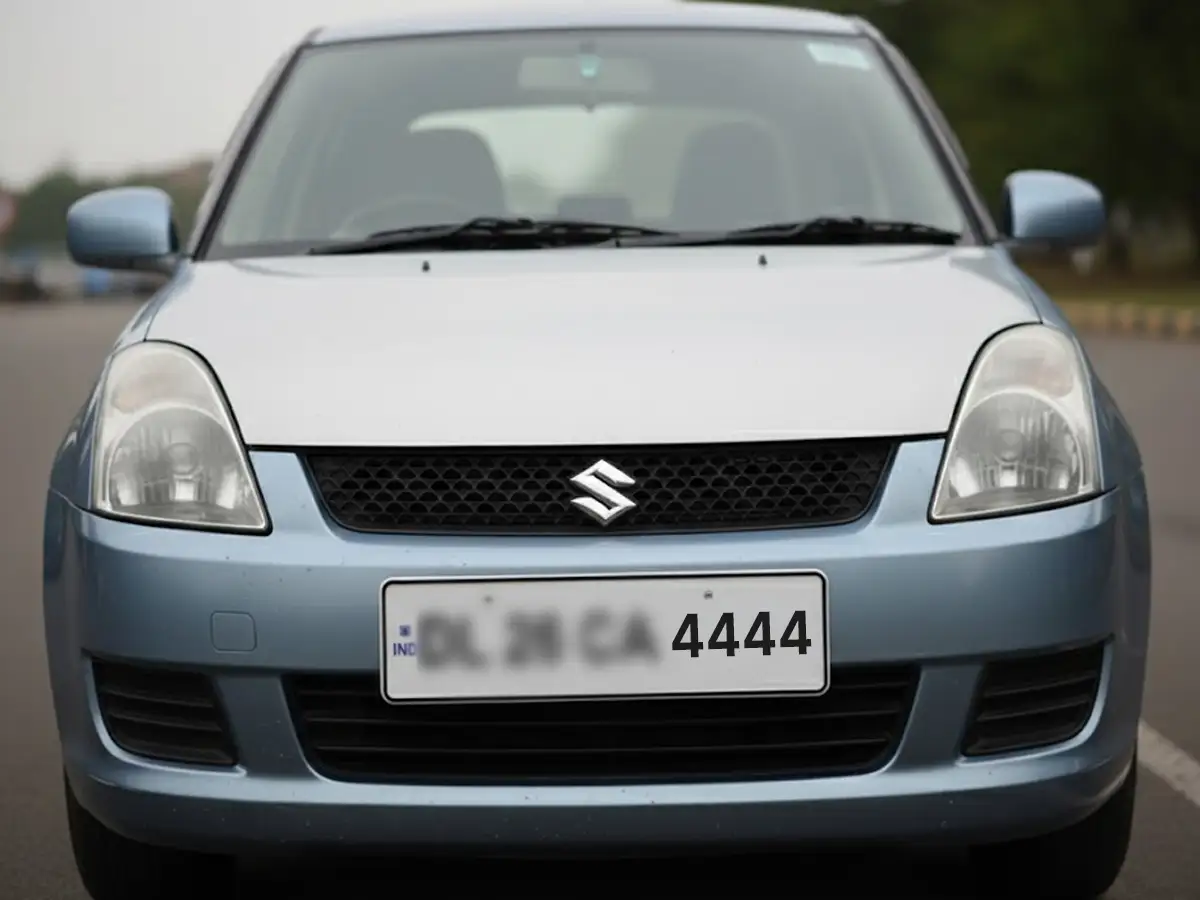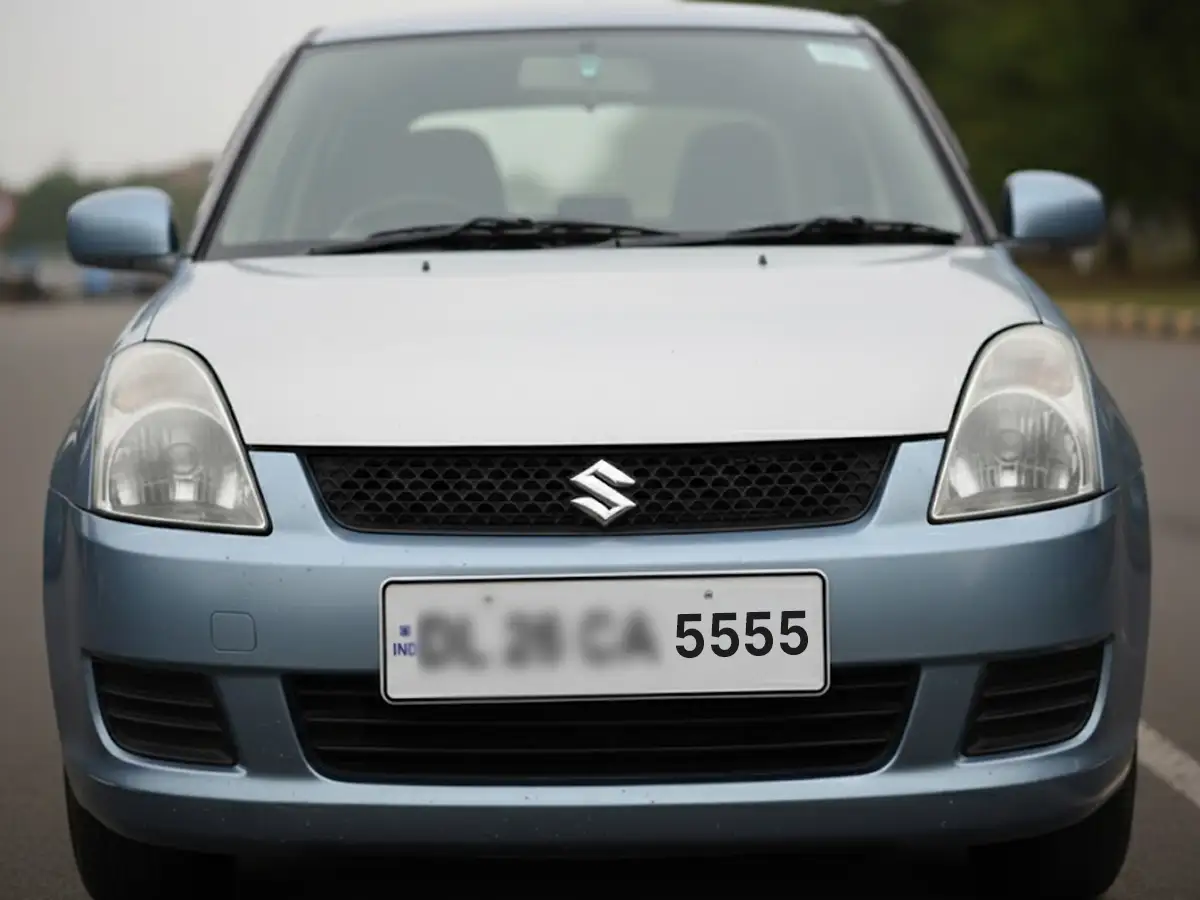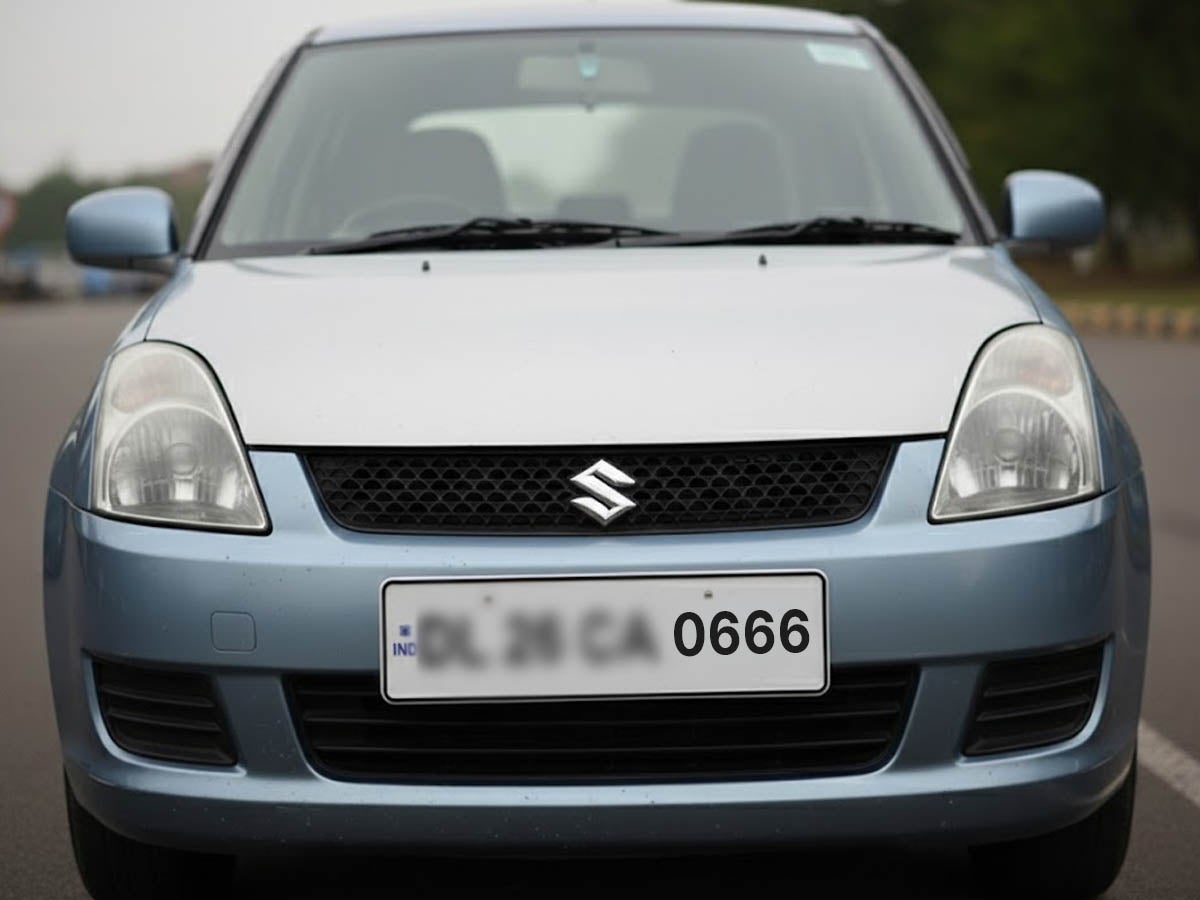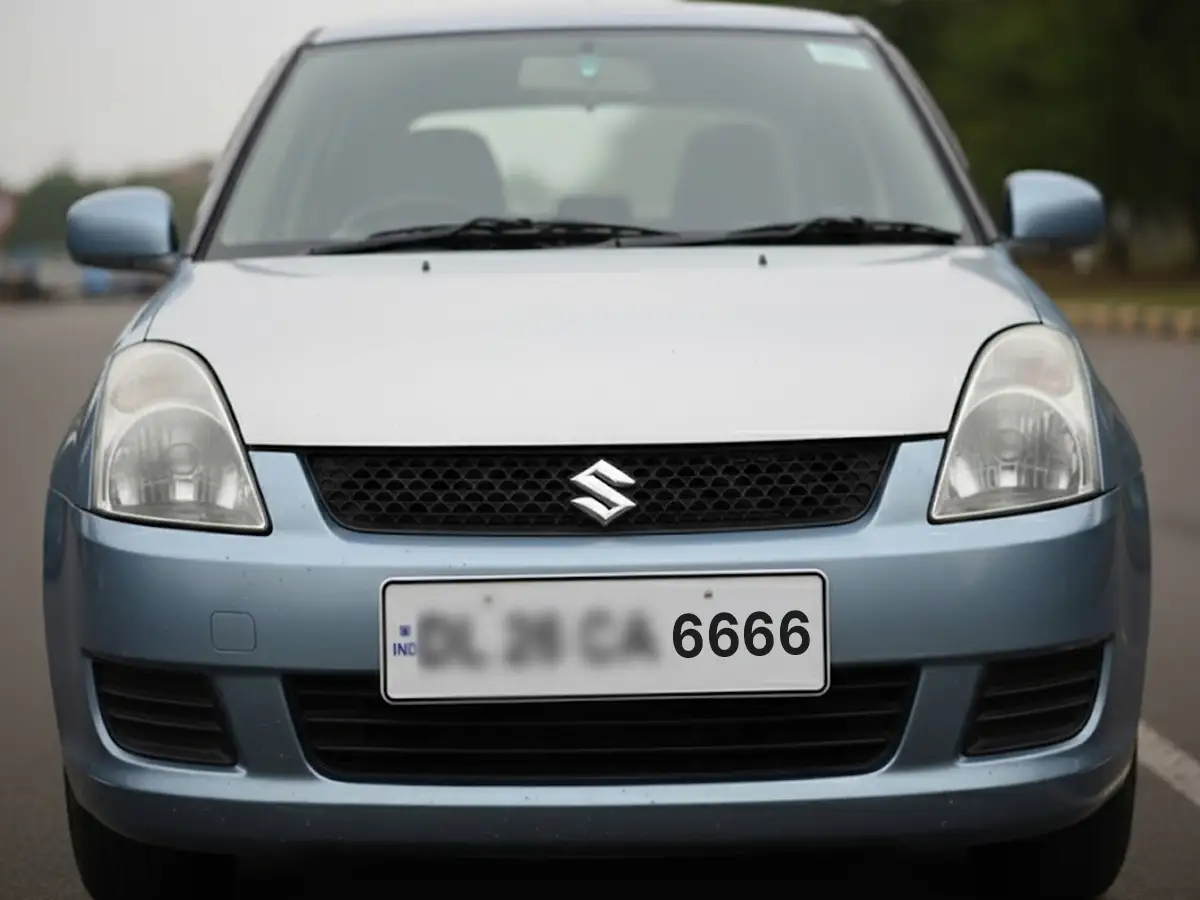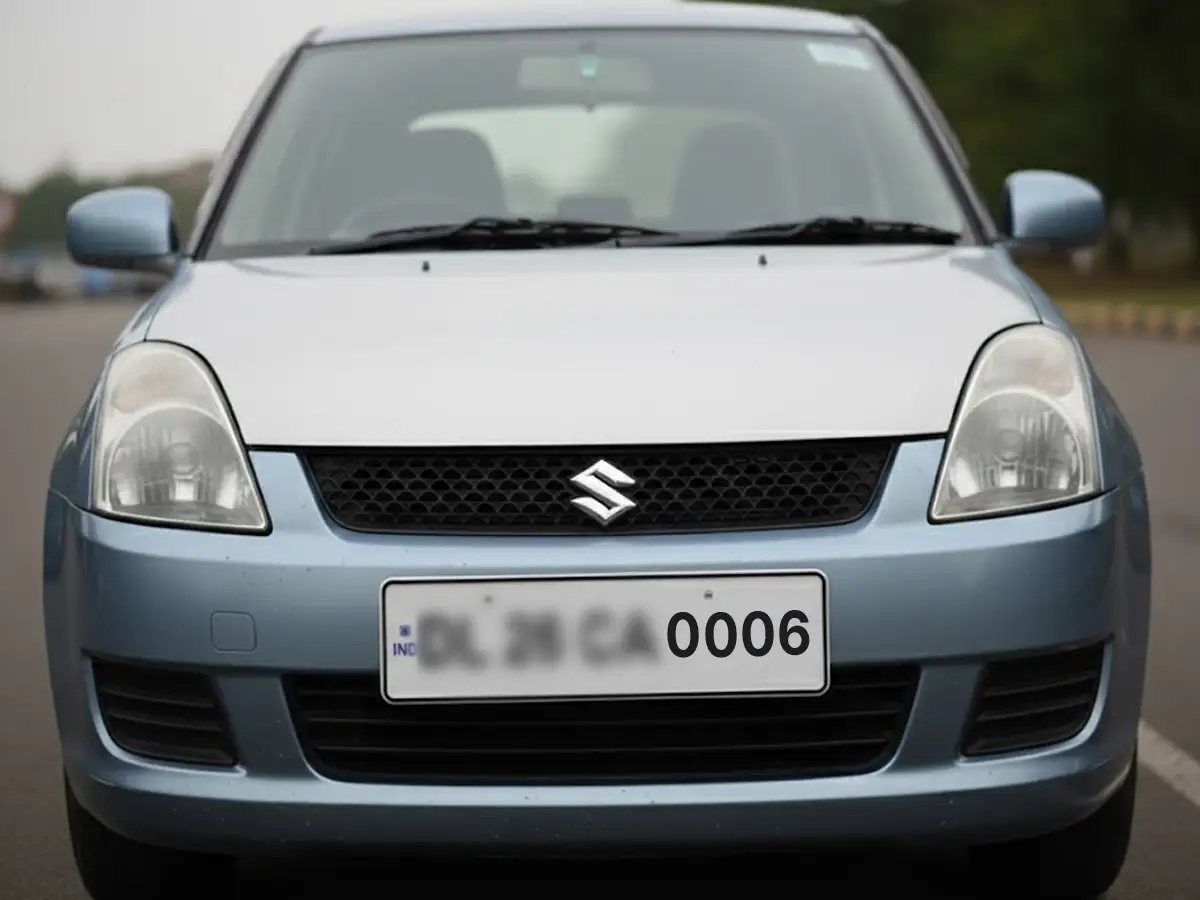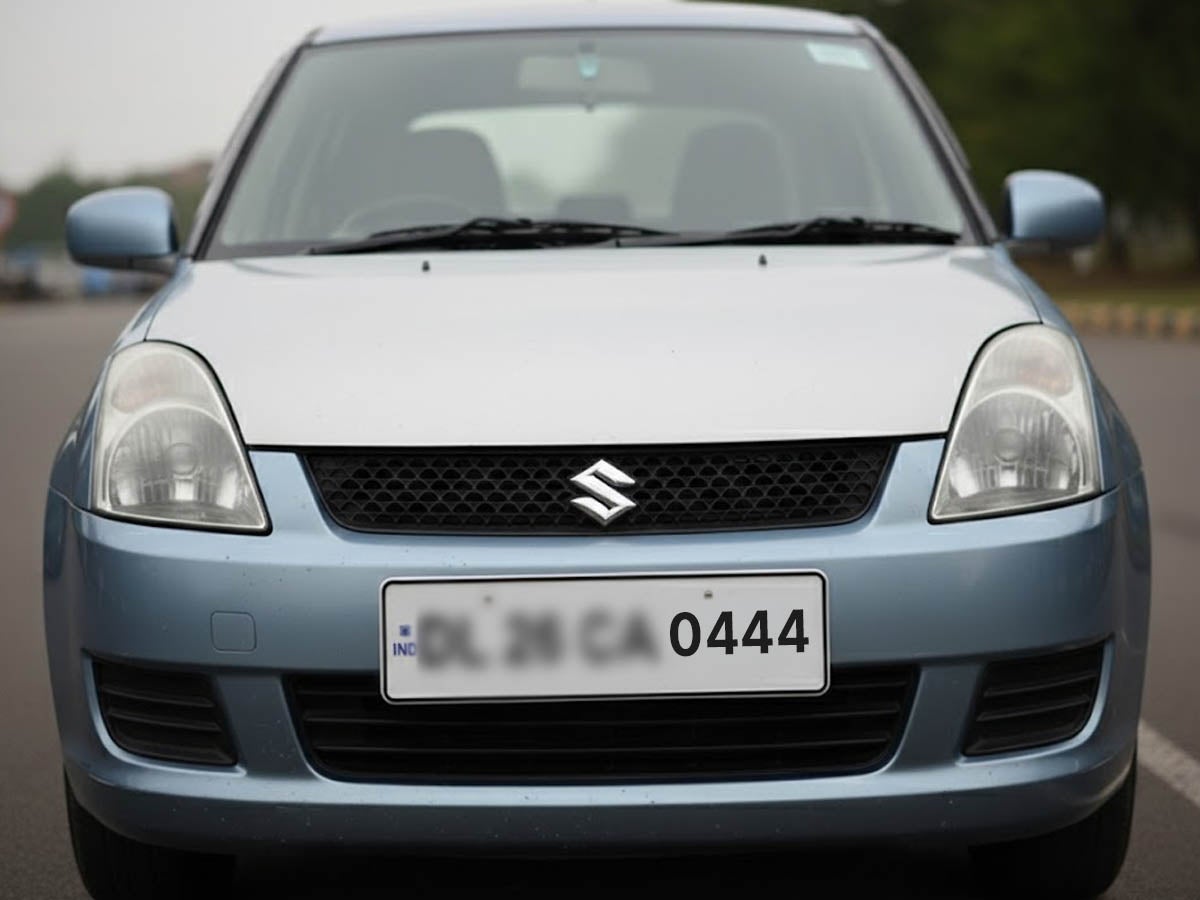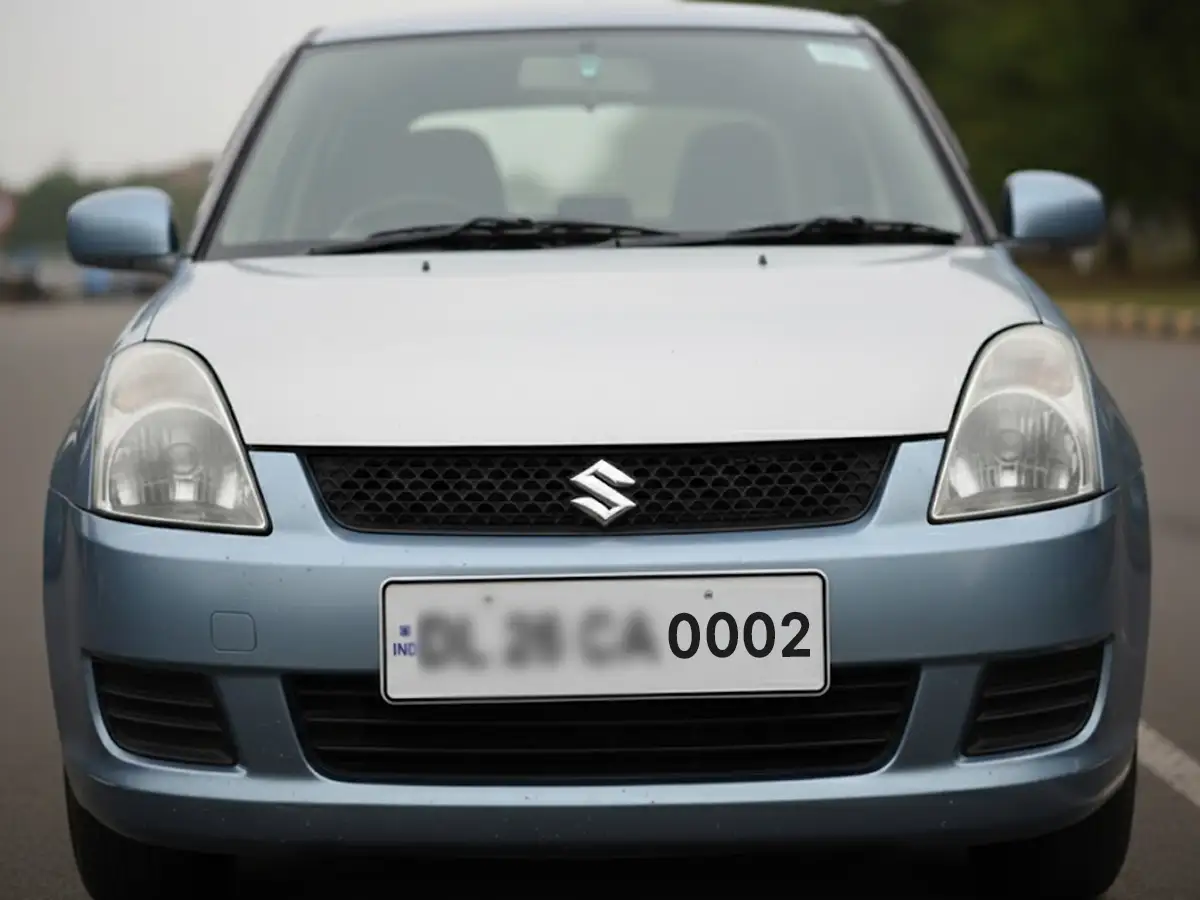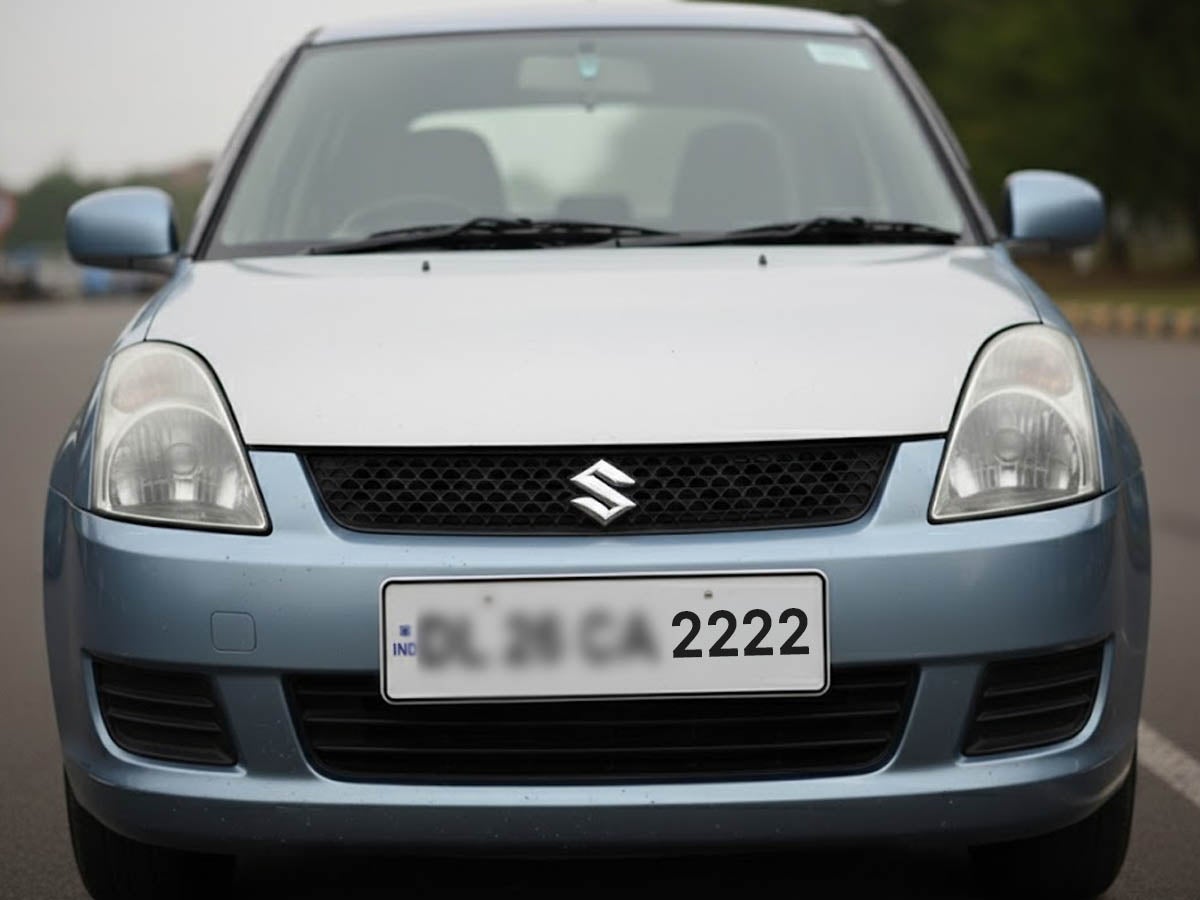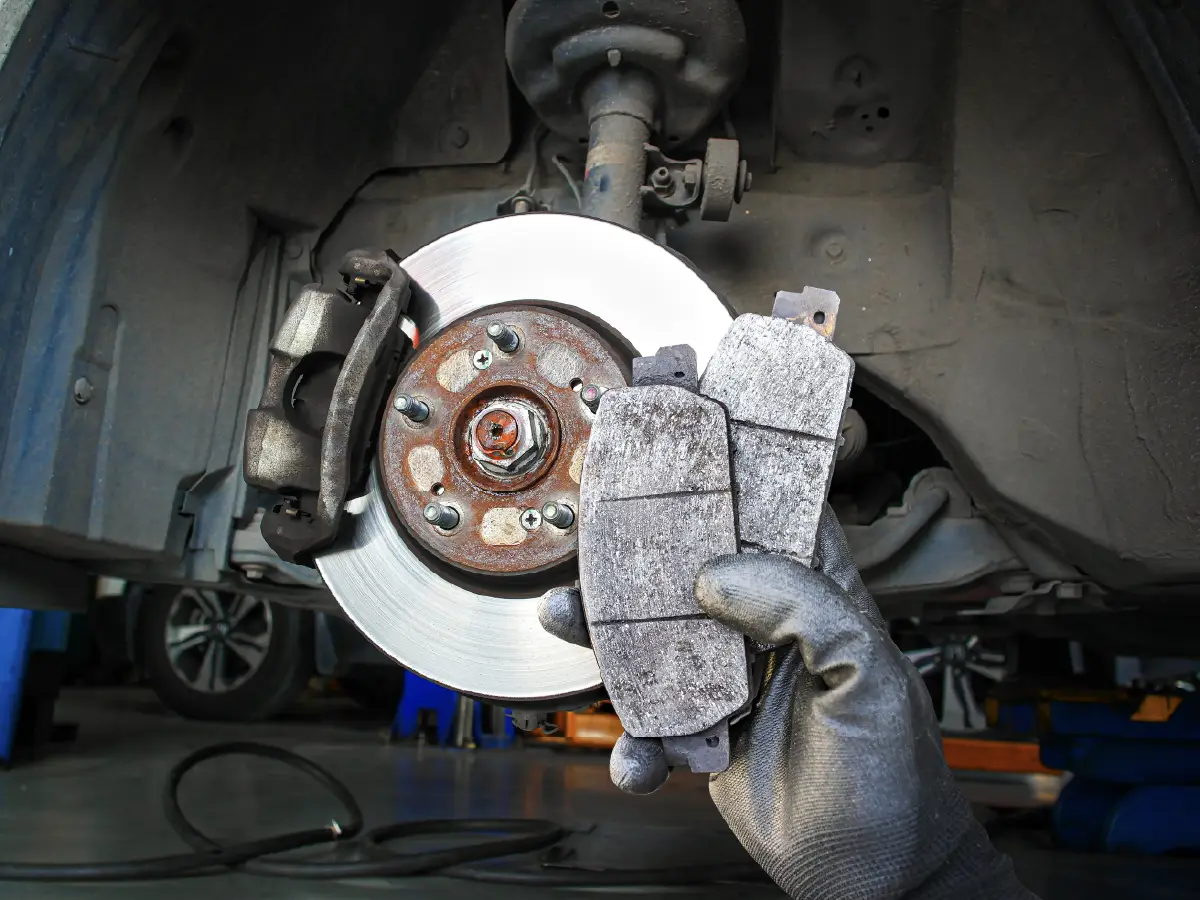

Types of Car Brakes: Conventional vs Modern Brakes
- 1Cars can have different types of brakes for front and rear wheels
- 2Conventional brakes are less expensive but also provide less stopping power
- 3Modern brakes offer more stopping power and are standard on the front wheels of cars
The brakes of a car are crucial for its safe operation, as they apply a stopping force that slows a vehicle down before ultimately bringing it to a stop. Over the years, the car braking systems have gone through multiple breakthroughs in technology, and in the modern era, car makers use two major types of braking systems in their cars - Drum Brakes and Disc Brakes. These are also referred to as Conventional or Modern Brakes, respectively. The difference in their naming convention stems from when they were first invented.
Drum brakes were first invented at the beginning of the 20th century. The technology behind drum brakes has evolved since then, but its basic principle remains the same. While it’s not the only braking system in use today, drum brakes are still part of certain cars, and because of their existence for over a century, they are also referred to as conventional brakes. Disc brakes, as we know them today, were first used in the 1950s, and within a couple of decades, they were present in most mass-market car models made at the time. Disc brakes offered a drastic performance advantage over drum brakes on various fronts and are used in most modern cars, thus earning themselves the name of modern brakes.
If you are curious about the braking system of your car and how it works, we have put together this detailed blog. It highlights the major differences between conventional and modern brakes.
How do Car Brakes Work?
Before we dive deep into the functioning of different types of car brakes, it is important to understand the basic braking system in all cars:

- Foot Brake - The foot brake is present in the form of a pedal in the driver’s footwell. It is the middle pedal in the case of manual transmission cars and the left pedal in the case of automatic transmission cars. The foot brake is used to actively engage the braking system of a car when it is in motion. It is activated by applying a pressing force to the brake pedal of a car, which is then transferred to the car brake pads via the car brake fluid. The foot brake operates all four brakes of a car, although most of the braking force is used to activate the front brakes.
- Hand Brake - This is a separate brake lever present in cars and is most often located between the two front seats. It can also be located in the driver’s footwell as an additional pedal or can even be found under the steering column of some cars. Unlike the foot brake, a hand brake is designed to be used when the car is stationary or parked. This is most useful when a vehicle is being parked on a slope, to stop it from rolling away. The hand brake actuates the rear brakes in most cars and is connected to them via a separate cable.
- Electronic Parking Brake (EPB) - The EPB is simply a hand brake, but it is electronically operated. In cars with EPB, it is operated via an electronic switch, mostly located in the console between the two front seats. It sends an electrical input to the rear brakes to engage them when the vehicle is stationary. EPB is usually equipped with car disc brakes or ‘modern brakes’.
Difference between Conventional and Modern Brakes
To understand the basic differences between conventional (drum) brakes and modern (disc) brakes, we need to take a closer look at their construction.
What are Conventional Brakes?
Now that we know conventional or drum brakes have been in existence for over a century, let’s take a look at the different components that make up a conventional brake and how they stop a car. There are four main parts involved in the construction of conventional or drum brakes:

- Brake Drum: It is the housing for the entire drum brake assembly and is mounted on the wheel hub. The brake drum rotates with the wheel of a car.
- Brake Shoe: The brake shoe is present inside the brake drum and is made up of friction material. When the brakes are applied, the brake shoes are pushed against the brake drum to create friction, which slows down the rotation of the wheel.
- Wheel Cylinder: The wheel cylinder helps in converting the hydraulic pressure of the brake fluid into force that pushes the brake shoes against the brake drum.
- Return Springs: Brake shoes are equipped with return springs that reposition them to their original position once the braking force is removed.
Advantages of Conventional Brakes
Conventional brakes have been in use for a long time now, and they continue to be offered on cars due to small advantages:
- Conventional brakes are less expensive to produce than modern brakes and are thus used as a cost reduction measure by many car makers. Most small cars in India still feature conventional rear brakes because they are not required to produce the majority of the braking force to slow or stop a car.
- Drum brakes also require less maintenance. As they are used less and don’t produce the same braking force as disc brakes, drum brakes don’t wear out as frequently as disc brakes.
What are Modern Brakes?
Over half a century, modern disc brakes have seen a steady improvement in their construction. They use completely different components to generate the stopping force to slow or stop a car. Three main parts make up a disc brake:

- Brake Disc: It is a round metal disc that is attached to the wheel hub and rotates along with it. The brake disc, in most cars, is fully solid. However, to improve braking performance in high-end cars, brake discs can have different vents cut into their surface, or can even be cross-drilled (small holes drilled into the surface of the brake disc). These promote better heat dissipation and reduce brake fade.
- Brake Caliper: The brake caliper is a non-moving part of the brake disc assembly, and it houses pistons that push the brake pads. The brake caliper is also connected to the master cylinder, which houses the brake fluid. Ultimately, the brake caliper holds the brake pads, which are responsible for creating the friction to stop a moving car.
- Car Brake Pads: These are positioned inside the brake caliper, one on each side of the brake disc. When the brake is applied, the pistons in the caliper push on the car brake pads, which in turn push on the brake disc and squeeze it to slow the rotation of the wheel. Brake pads can be made of different materials. They are usually made of organic or semi-metallic material. Ceramic brake pads are also used for better braking performance, although they are more expensive than regular brake pads.
Advantages of Modern Brakes
Modern Brakes are used on all cars manufactured today because they offer various advantages over conventional brakes:
- Modern brakes offer considerably better stopping power than conventional brakes. For decades now, modern brakes have been equipped on the front wheels of all new vehicles. This is because when the brakes are applied in a car, its weight shifts forward onto the front wheels. Therefore, most of the stopping force is required at the front wheels to effectively slow or stop.
- Disc brakes cool down more effectively than drum brakes. The disc brake setup of modern brakes remains directly in contact with air compared to the sealed structure of drum brakes. This allows disc brakes to cool down effectively, whereas heat can often be trapped inside drum brakes, resulting in brake fade or poor braking performance when the brakes are applied heavily in a repeated manner.
- Modern brakes also work better in wet weather. The water on the surface of the rotor or pads can dissipate quickly as they are directly exposed to moving air. This can greatly improve braking performance in rainy conditions.
- Modern disc brakes also pair well with modern safety systems. While car ABS, which is mandatory on all new cars sold in India, can be tuned to work with conventional brakes, it is not as effective as it is with disc brakes. This applies to other technologies as well, such as traction control and even ADAS.
VIDEO: https://www.youtube.com/shorts/UCL66SeD6eY
Conventional vs Modern Brakes: What Should You Choose?
The choice is quite literally out of your hands. All modern cars are equipped with modern brakes on the front wheels, whereas the rear wheels of most are equipped with conventional brakes. In recent years, even this trend has begun to change, with many car makers now offering disc brakes or modern brakes on all four wheels of a car for better braking performance. This is usually done on the more performance-oriented variant of a vehicle.
Ultimately, if you are stuck deciding between two disc brakes and four, you should go for the latter. Disc brakes function better than conventional brakes when it comes to outright braking performance. This will, however, marginally increase the overall maintenance required to keep the braking system functioning optimally, but it is a trade-off that is worth it for the superior braking power you get.
Frequently Asked Questions
Expand all

